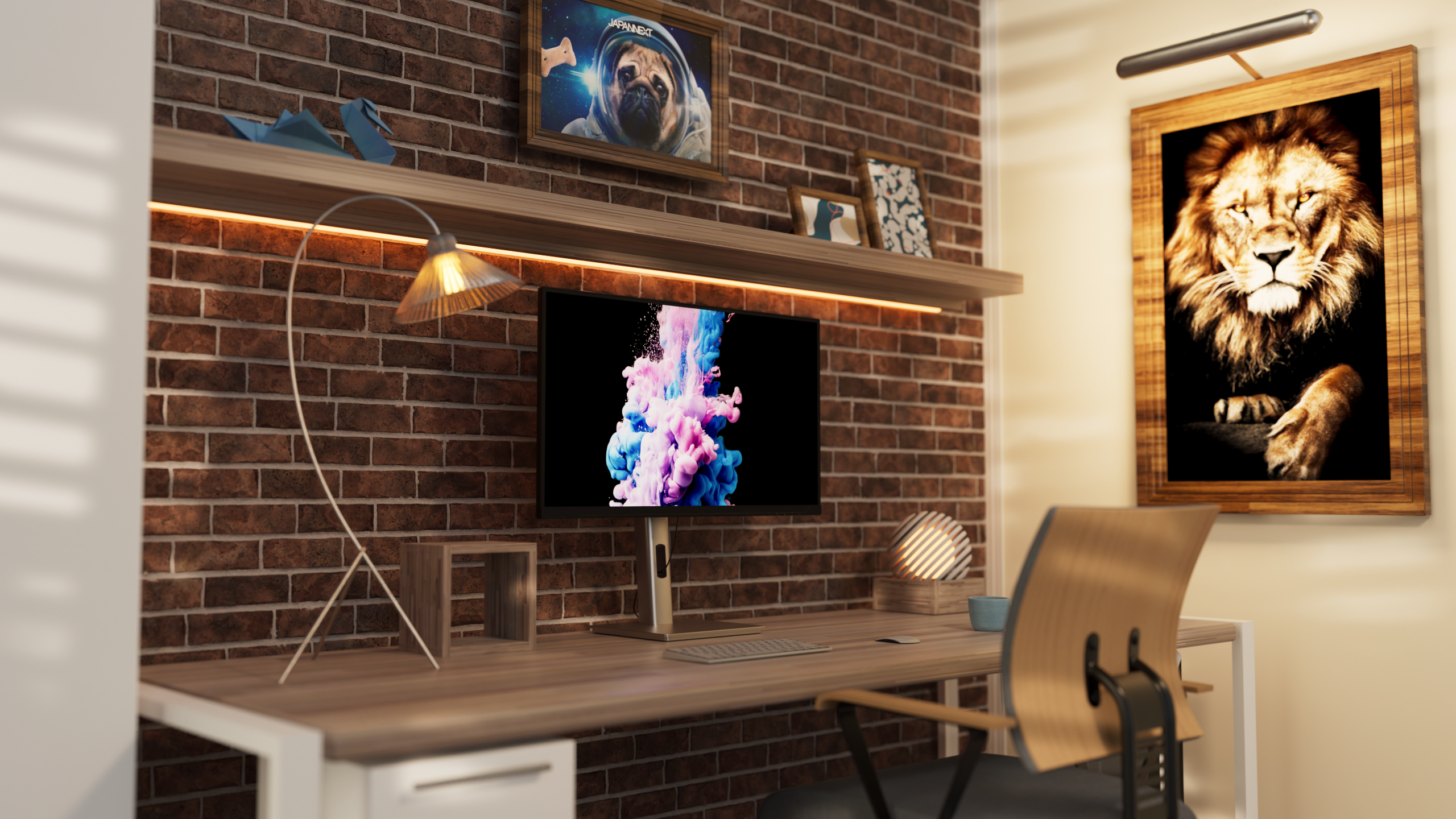In the digital age, we are regularly exposed to technical terms that may seem complex to beginners. Among these terms, the 4K resolution often comes up in the context of digital images and televisions. But what does it really mean? In this article, we're going to analyse this technology to help you understand the advantages of having a 4K monitor or TV.
Definition of 4K resolution
First of all, we need to understand what resolution means in terms of images. Resolution represents the number of pixels that create an image. As a pixel is a small dot of colour, the more pixels there are on a given surface, the more detailed and sharper the image will be.
4K resolution refers to a horizontal resolution of around 4,000 pixels. More precisely, the standard definition of 4K is 3840 x 2160 pixels, i.e. four times as many pixels as HD 1080p resolution (1920 x 1080 pixels). This resolution is also known as Ultra High Definition (UHD).
The advantages of 4K resolution for monitors
-
Enhanced image quality
The first benefit is obvious: better image quality. As explained above, 4K resolution contains four times as many pixels as 1080p HD. This translates into images that are far more detailed and sharp, creating an even more immersive visual experience.
-
Suitable for large monitors
4K resolution is particularly well adapted to large screens. This is because pixels are more likely to be visible to the naked eye if the resolution is not high enough. With 4K, you can enjoy a large screen without losing image quality.
-
Compatibility with 4K content
More and more content is being offered in 4K, whether films, series or video games. Streaming platforms such as Netflix and Amazon Prime Video also offer many programmes in UHD. Opting for a 4K TV will allow you to take full advantage of this high-definition content.
Connectivity and associated formats
To enjoy 4K resolution, you'll need a few additional features:
- A compatible HDMI cable: To convey a 4K image, you need to use an HDMI cable compatible with the HDMI 2.0 standard, which is capable of supporting this resolution.
- A 4K source: It's also clear that to enjoy a 4K image, you need 4K content. This could be a UHD Blu-ray player, a recent video games console or the streaming services mentioned above.
- 4K content: Finally, of course, you need access to 4K content, whether films, TV series or video games.
It's worth noting that some 4K monitors also have a feature called 'upscaling', which converts an image from an inferior source (e.g. 1080p HD) into a 4K image. This conversion slightly improves image quality, but will never be as sharp and crisp as true 4K content.
Economic and ecological issues
-
Higher screen prices
One of the main obstacles to the transition to 4K resolution remains its cost. 4K screens are indeed more expensive than their Full HD versions, due to their better performance in terms of image quality. However, in recent years, and particularly with JAPANNEXT, prices have fallen considerably and continue to do so, making 4K more affordable for consumers.
-
Power consumption and bandwidth
It's also important to note that 4K resolution can lead to slightly higher power consumption, as well as network congestion. For example, streaming 4K content requires a broadband Internet connection and consumes more data than HD content. This can potentially impact your energy bill and network quality in some cases.
The future of 4K
-
8K, the next step?
We are already talking about 8K resolution, which contains four times as many pixels as 4K (7680 x 4320 pixels). 8K televisions are still rare on the market and their cost is prohibitive for the general public, but they could become more accessible in the years to come.
-
Complementary technological advances
At the same time as resolutions are evolving, other technological advances are enhancing the user experience, such as HDR (High Dynamic Range) compatibility, which offers sharper contrasts and better colour reproduction, and OLED technology for screens, which guarantees deep blacks and striking contrast, but drastically increases the cost of the screen.
Some suggestions for 4K screens:
Some recommendations for 4K monitors :
JN-IPS282UHDR-C65W: this 28-inch desktop monitor with a 4K UHD IPS panel will be the perfect work tool for professionals looking to boost their productivity and enjoy an enhanced visual experience. It's packed with the right technologies including HDR, PBP/PIP, KVM, Flicker Free and USB Type-C charging so you don't have to clutter your workspace with cables.
JN-280IPS144UHDR: when it comes to gaming, this 4K UHD monitor will give you a totally immersive gaming experience. It has a 28-inch IPS panel, a response time of 1ms and a refresh rate of 144 Hz! HDR, PBP/PIP and Flicker Free technologies are also present on this gaming monitor.
JN-IPS315UHDR: this 31.5-inch screen is ideal for those who want a larger work or gaming display. Also featuring a 4K UHD IPS panel and HDR, PBP/PIP and Flicker Free technologies, image quality and visual comfort are guaranteed.
The final word
Overall, 4K resolution offers real improvements in terms of image quality and is perfectly suited for large screens. To make sure you can take full advantage of this technology, you need the right equipment, such as a compatible HDMI cable, a 4K source and suitable content. Apart from its potentially high cost, the limitations associated with power consumption and bandwidth are relatively limited compared with the benefits it offers. So 4K looks set to have a bright future in our homes, while keeping an eye on emerging technologies such as 8K and HDR.



